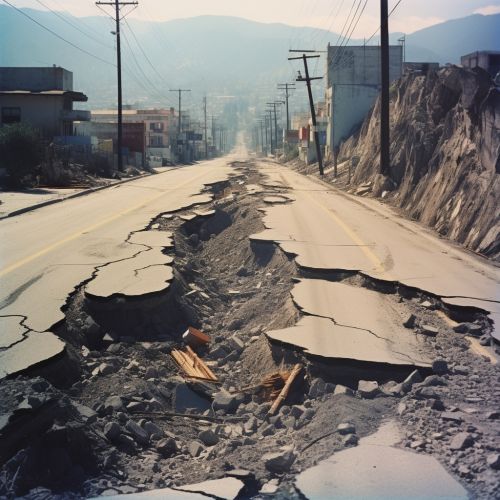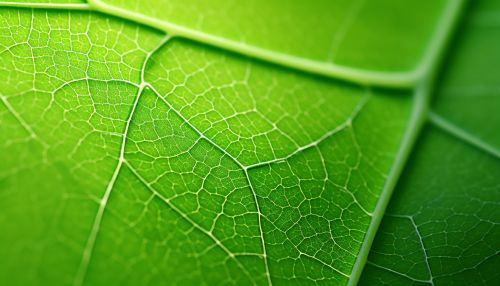Natural phenomenon
Introduction
A natural phenomenon is a non-artificial event in the physical sense, and therefore not produced by humans, although it can affect them. Natural phenomena can be categorized under geological, meteorological, and biological phenomena. They are not to be confused with natural disasters which have a negative impact on the living organisms on the planet.
Geological Phenomena
Geological phenomena are naturally occurring physical features and processes associated with the structure of the Earth and its atmosphere. These include phenomena such as earthquakes, volcanic activity, mountain formation, and the various processes involved in plate tectonics.


Earthquakes
An earthquake is a sudden shaking or trembling of the Earth that is volcanic or tectonic in origin. It is caused by the release of accumulated stress along geologic faults in the Earth's crust, by the action of volcanic activity, or by other changes in the Earth's crust.
Volcanic Activity
Volcanic activity is the emission of gases, hot magma, and ash from a volcano. This can result in the formation of new landforms, such as islands and mountains, and can also have a significant impact on the Earth's climate.
Mountain Formation
Mountain formation refers to the geological processes that underlie the formation of mountains. These processes are associated with large-scale movements of the Earth's crust (tectonic plates). The process of mountain formation is known as orogeny.
Plate Tectonics
Plate tectonics is a scientific theory that describes the large-scale motion of the Earth's lithosphere. This theoretical framework provides a comprehensive explanation for numerous geological phenomena including the distribution of continents, mountain ranges, and ocean trenches.
Meteorological Phenomena
Meteorological phenomena are all the phenomena associated with the atmospheric conditions and weather patterns of the Earth. These include phenomena such as rain, snow, fog, wind, and tornadoes.
Rain
Rain is a type of precipitation, or water falling from the sky, in the form of droplets. This occurs when separate drops of water fall to the Earth's surface from clouds. Not all rain reaches the surface; some evaporates while falling through dry air.
Snow
Snow is a form of precipitation consisting of crystalline water ice, consisting of a multitude of snowflakes that fall from clouds. Since snow is composed of small ice particles, it is a granular material.
Fog
Fog is a visible aerosol consisting of tiny water droplets or ice crystals suspended in the air at or near the Earth's surface. Fog can be considered a type of low-lying cloud, usually resembling stratus, and is heavily influenced by nearby bodies of water, topography, and wind conditions.
Wind
Wind is the flow of gases on a large scale. On the surface of the Earth, wind consists of the bulk movement of air. Winds are commonly classified by their spatial scale, their speed, the types of forces that cause them, the regions in which they occur, and their effect.
Tornadoes
A tornado is a rapidly rotating column of air that is in contact with both the surface of the Earth and a cumulonimbus cloud or, in rare cases, the base of a cumulus cloud. They are often referred to as twisters or cyclones, although the word cyclone is used in meteorology in a wider sense, to name any closed low pressure circulation.
Biological Phenomena
Biological phenomena are processes or functions that are vital aspects of the life of organisms. These include phenomena like photosynthesis, respiration, reproduction, and migration.


Photosynthesis
Photosynthesis is a process used by plants and other organisms to convert light energy, normally from the Sun, into chemical energy that can be used to fuel the organisms' activities.
Respiration
Respiration is a metabolic process that takes place in the cells of organisms to convert biochemical energy from nutrients into adenosine triphosphate (ATP), and then release waste products.
Reproduction
Reproduction is a fundamental feature of all known life; each individual organism exists as the result of reproduction. There are two types of reproduction: asexual and sexual.
Migration
Migration is a form of population movement, typically across long distances for the purpose of breeding, feeding, or due to seasonal changes in the environment.
Conclusion
Natural phenomena are the physical processes and events that occur in nature and are not made by humans. They are an integral part of our world and understanding them is crucial for our survival and development.
